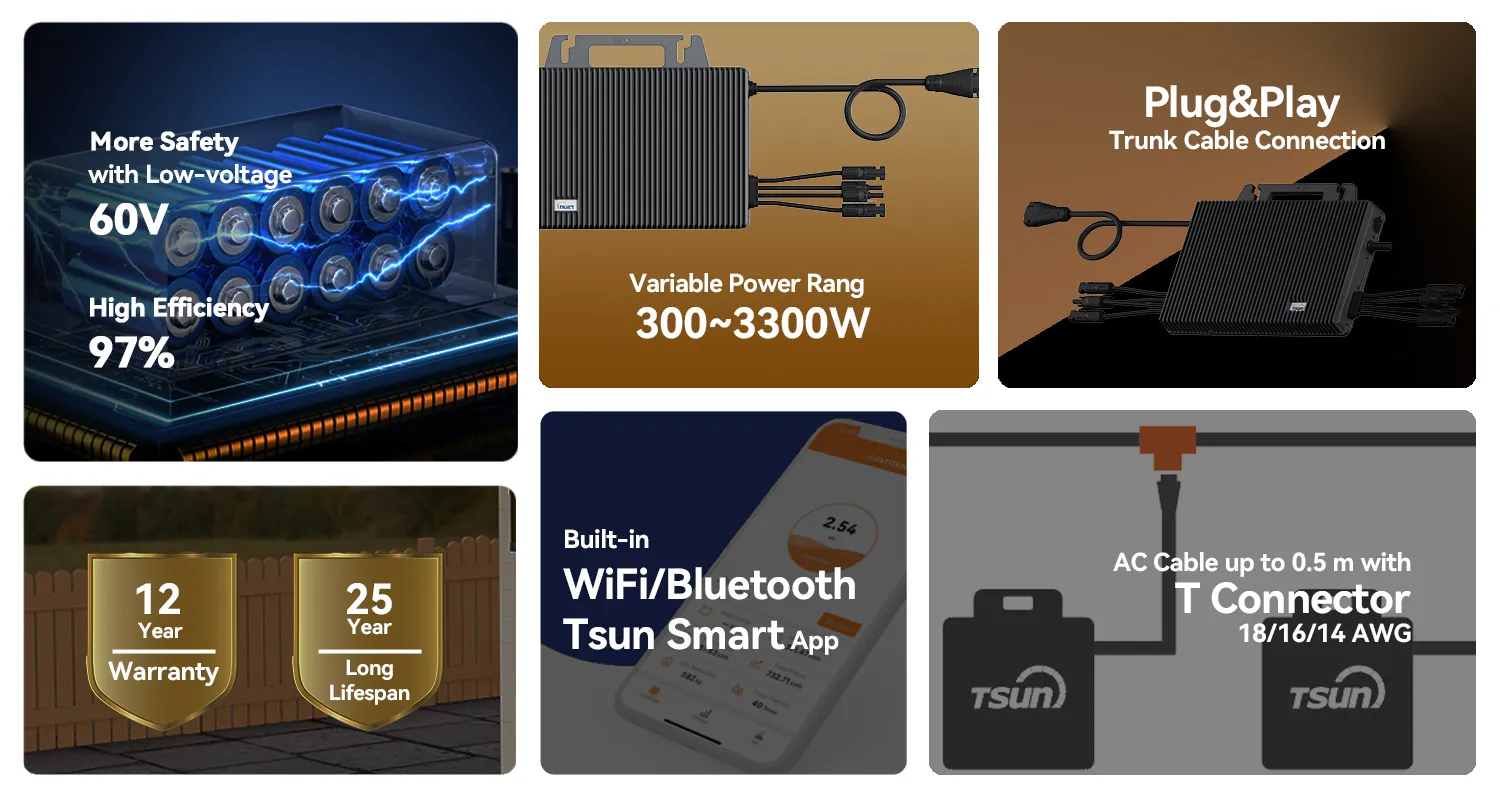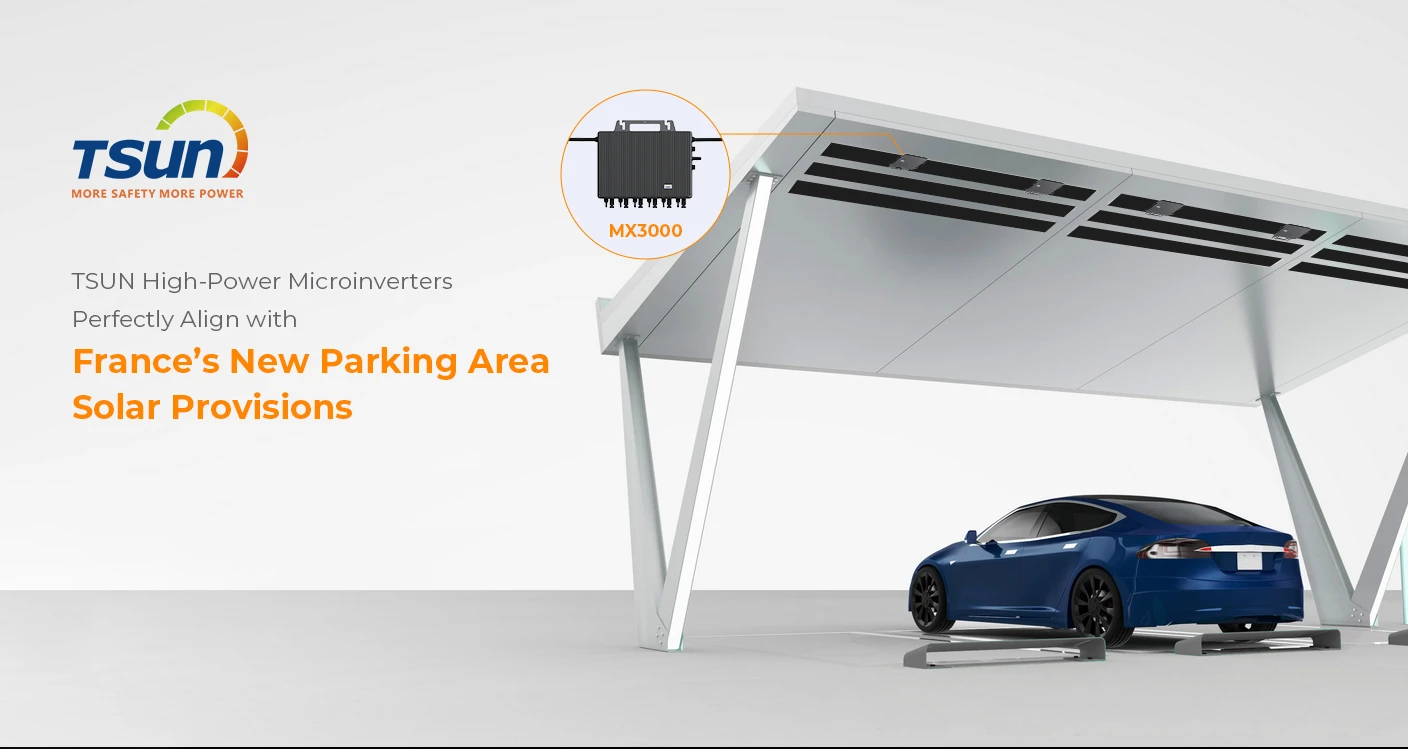In the evolving world of photovoltaic technology, microinverters have emerged as key components that ensure solar panel systems operate at peak efficiency. The synchronization process of microinverters with the electrical grid is an intricate interplay involving cutting-edge engineering and rigorous safety standards. The importance of microinverters lies in their ability to optimize the energy output of individual solar panels, warranting a deep dive into their synchronization mechanism.

Microinverters function by converting direct current (DC) generated by solar panels into alternating current (AC) that is compatible with the grid's power. Synchronization is vital, as it ensures that the output from solar panels matches the grid's voltage, frequency, and phase. The question how do microinverters synchronize? delves deep into the fusion of sophisticated electronics, real-time data processing, and stringent start-up protocols.
Synchronization begins with the microinverter’s ability to monitor the grid's AC waveform continuously. It uses this information to adjust the power output of the solar panel in real-time. The microinverter’s built-in sensors and processors are programmed to detect the grid voltage and frequency within milliseconds. This rapid assessment allows the microinverter to match its output precisely to the grid's parameters.

The expertise of a microinverter in achieving synchronization is deeply rooted in its Phase-Locked Loop (PLL) technology. PLL is a control system that locks the phase of the inverter’s output to the phase of the grid. It achieves this by comparing the phase of the grid voltage with the phase of the microinverter output. In case of any deviation, the control system quickly adjusts the inverter’s frequency and phase to bring it back into alignment. This alignment is crucial for the stability and efficiency of the power system, ensuring that energy flows smoothly and safely into the grid.
Over and above phase synchronization, microinverters incorporate anti-islanding protection. This safety feature is crucial for maintaining the integrity and security of the grid. Anti-islanding ensures that in the event of a grid outage, microinverters cease to supply power independently. This is vital for the safety of utility workers and the prevention of damage to electrical infrastructure. Microinverters regularly test for grid presence by slightly altering their output and checking for a corresponding change in the grid. The lack of response indicates an islanding condition, prompting the microinverter to shut down safely.
how do microinverters synchronize
Reliability and trustworthiness are pivotal when selecting microinverters. Reputable manufacturers ensure their products undergo rigorous testing and certification to international standards, including UL, IEEE, and other regional standards globally. These standards confirm that microinverters are capable of maintaining synchronization reliably over a wide range of conditions.
In the context of real-world experience, one should consider the durability and longevity of microinverters. Top-tier models possess the capability to self-regulate over years of harsh weather conditions while maintaining synchronization. Solar system owners can enhance the reliability of synchronization through regular maintenance, updates, and remote diagnostics offered by manufacturer support systems.
Additionally,
innovations in the field of microinverters are ongoing. With the rise of smart grids and IoT, microinverters are now part of integrated energy management systems. These systems provide comprehensive data analytics and predictive maintenance that further ensure synchronization fidelity. They offer insights into not only grid interactions but also potential areas for efficiency improvements.
Finally, investing in a comprehensive solar system monitoring platform can empower users with detailed, real-time visibility over power production and grid integration. Such platforms are invaluable for proactively managing any synchronization anomalies and ensuring optimal performance from every solar panel.
In conclusion, the role of microinverters in synchronizing with the power grid exemplifies the pinnacle of renewable energy technology. Their ability to precisely align with grid parameters, equipped with robust safety protocols and adaptability to future technological advancements, underscores their indispensable role in the sustainable energy landscape. Whether for residential, commercial, or utility-scale applications, embracing microinverter technology promises not only enhanced energy efficiency but also a steadfast commitment to reliable, grid-friendly solar power.
 LEARN DETAILS
LEARN DETAILS



